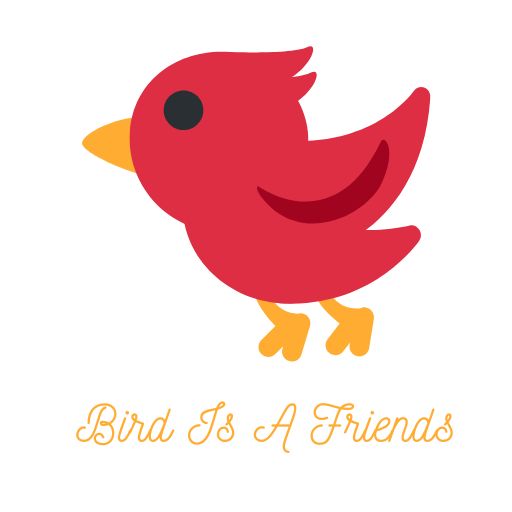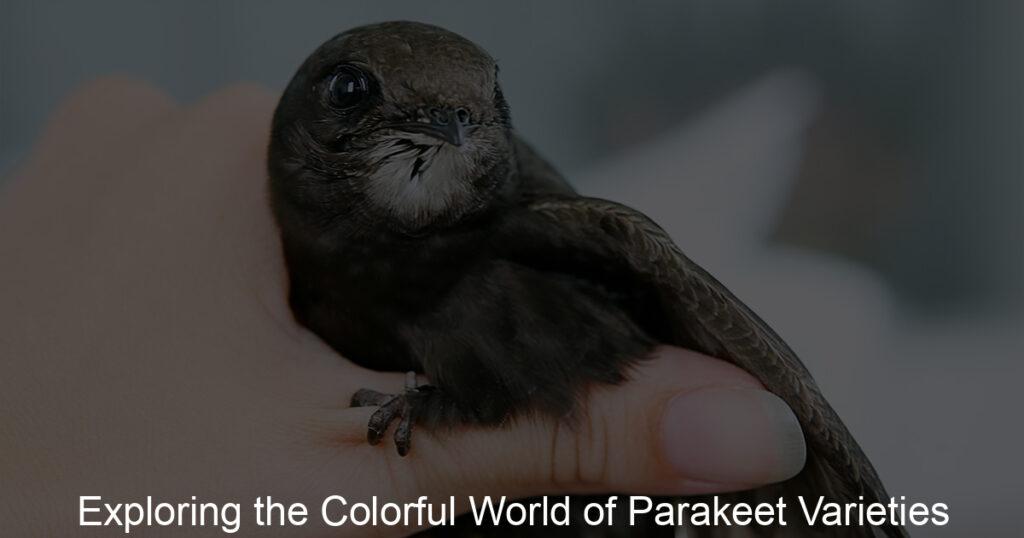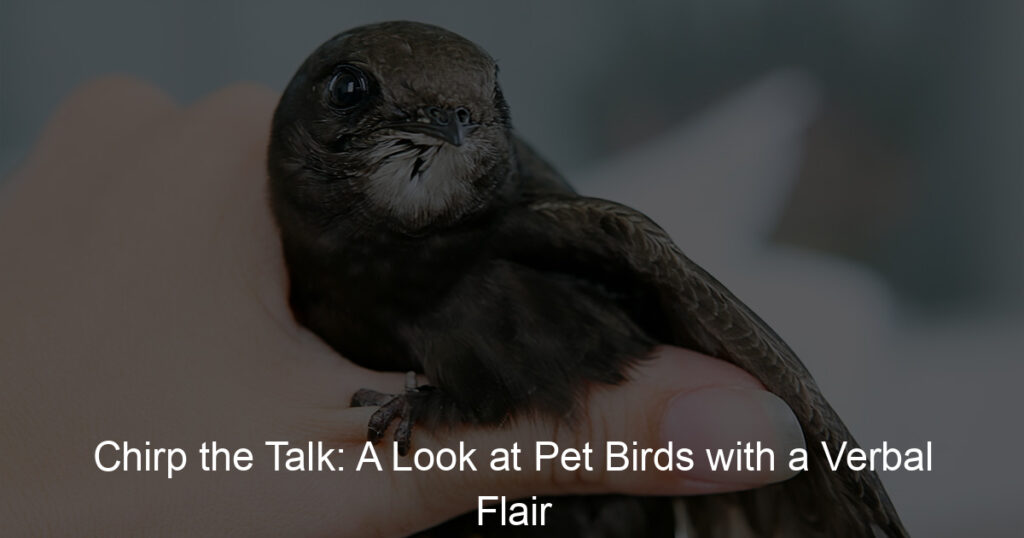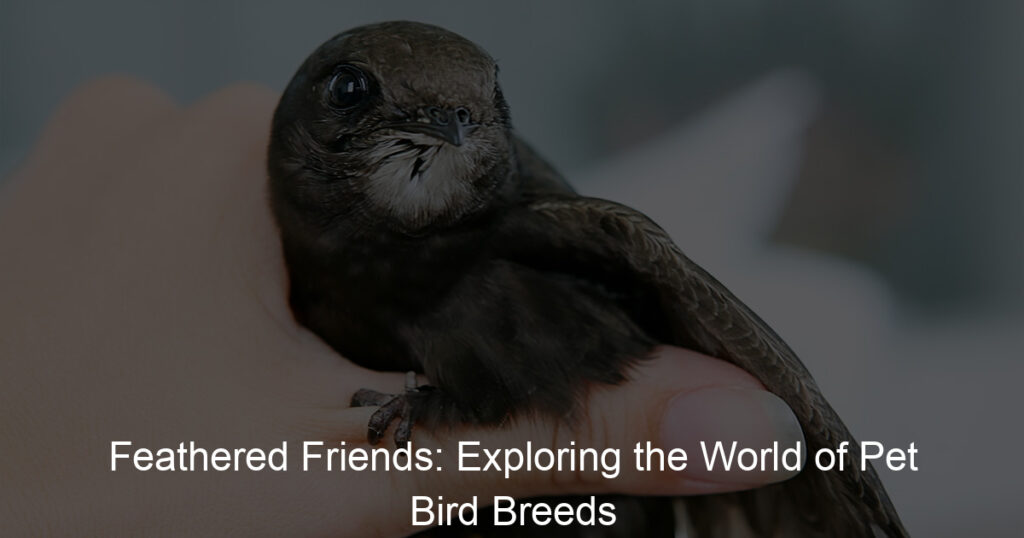Introduction to Baby Bird Care
Caring for baby birds is a rewarding but challenging task. It requires knowledge, patience, and a lot of love. In this guide, we will explore the basics of baby bird care and the importance of proper handling techniques.
- Understanding the Basics of Baby Bird Care
- The Importance of Proper Handling Techniques
When it comes to caring for baby birds, understanding the basics is crucial. Baby birds, also known as fledglings or nestlings, require special care and attention. They are delicate creatures that need a warm and safe environment to grow and thrive. It’s important to provide them with the right food, keep them clean, and protect them from predators.
One of the most important aspects of baby bird care is feeding. Baby birds eat a lot and often. They need a diet rich in protein to grow strong and healthy. This usually includes insects, worms, and specially prepared bird food. Always remember to feed them with a small, soft-tipped syringe or a small spoon to avoid injuring their tiny beaks.
Handling baby birds is not something to be taken lightly. They are fragile and can easily be hurt. That’s why it’s important to handle them with care and gentleness. Always wash your hands before and after handling a baby bird to prevent the spread of diseases. When picking up a baby bird, do so gently and securely, ensuring you do not squeeze or hold them too tightly.
Remember, baby birds are not pets. They are wild animals that need to be returned to their natural habitat as soon as they are ready. Always handle them with respect and care, keeping interactions to a minimum to prevent them from becoming too accustomed to human contact.
In conclusion, caring for baby birds is a big responsibility. It requires time, effort, and a lot of love. But with the right knowledge and techniques, it can be a rewarding experience. Remember, the goal is to help these little creatures grow strong and healthy so they can return to the wild where they belong.
Baby Bird Basics
Understanding the basics of baby bird development is essential for anyone interested in bird care. This section will cover the stages of baby bird growth and how to recognize developmental milestones.
Understanding Baby Bird Development
Let’s delve into the fascinating journey of a baby bird’s development. We’ll explore the stages of growth and the milestones that indicate healthy progress.
- Stages of Baby Bird Growth
- Recognizing Developmental Milestones
- Feather growth: The first sign of feathers usually appears a few days after hatching.
- Eye opening: Baby birds typically open their eyes about a week after hatching.
- First flight: The first attempt to fly generally occurs 2-3 weeks after hatching, depending on the species.
- Self-feeding: Young birds begin to feed themselves about a month after hatching.
Baby bird development can be broadly divided into four stages:
| Stage | Description |
|---|---|
| Hatching | The baby bird, or chick, breaks out of its egg. At this stage, chicks are usually blind and featherless. |
| Nestling | Chicks begin to grow feathers and open their eyes. They are entirely dependent on their parents for food and warmth. |
| Fledgling | Chicks have grown enough feathers to leave the nest and start learning to fly. They still rely on their parents for food. |
| Independence | The young bird can now fly and find food on its own. It’s ready to live independently. |
Recognizing developmental milestones is crucial to ensure the healthy growth of a baby bird. Here are some key milestones:
Understanding these stages and milestones can help bird caretakers provide the right care at the right time. Remember, every bird species is unique, and these timelines can vary. Always do your research and consult with a professional if you’re unsure.
Baby Bird Behavior
Understanding the behavior of baby birds is crucial for their proper care. Just like human babies, baby birds also communicate their needs through their behavior. Let’s delve into some common behaviors and what they mean.
- Common behaviors and what they mean
Baby birds exhibit a variety of behaviors that can tell us a lot about their needs and wellbeing. Here are a few common ones:
| Behavior | Meaning |
|---|---|
| Chirping loudly | This usually means the bird is hungry or needs attention. |
| Fluffing up feathers | The bird might be trying to keep warm or is feeling relaxed. |
| Pecking at cage | This could indicate boredom or the need for more space. |
| Shaking or trembling | This could be a sign of illness and requires immediate attention. |
- How to respond to different behaviors
Responding appropriately to these behaviors can help ensure your baby bird’s health and happiness. Here’s how you can respond:
| Behavior | Response |
|---|---|
| Chirping loudly | Check if the bird needs feeding or just some attention and care. |
| Fluffing up feathers | Ensure the bird’s environment is warm enough, or simply let it enjoy its relaxation time. |
| Pecking at cage | Provide toys or more space for the bird to explore and play. |
| Shaking or trembling | Consult a vet immediately as this could be a sign of illness. |
Remember, each bird is unique and may show different behaviors. The key is to observe and respond with care and patience. With time, you will learn to understand your baby bird’s unique language!
Handling Baby Birds
Handling baby birds is a delicate task that requires careful attention and gentle hands. It’s important to remember that these tiny creatures are fragile and can easily be harmed if not handled properly. In this section, we will discuss the proper techniques for handling baby birds and how to minimize stress for the bird.
Baby Bird Handling Techniques
When it comes to handling baby birds, there are a few key techniques that can ensure the safety and comfort of the bird. Here are the proper ways to pick up and hold a baby bird, and how to minimize stress for the bird:
- Proper ways to pick up and hold a baby bird: Always wash your hands before handling a baby bird to prevent the spread of germs. Gently scoop the bird up from the bottom, supporting its body with your hand. Hold the bird gently but firmly to prevent it from flapping its wings and injuring itself. Remember, your hands are much larger and stronger than the bird, so be gentle.
- How to minimize stress for the bird: Minimizing stress for the bird is crucial for its health and well-being. Keep handling time to a minimum, as too much handling can cause stress. Also, keep the bird in a quiet, calm environment away from loud noises and sudden movements. If possible, mimic the bird’s natural environment to make it feel more comfortable.
In conclusion, handling baby birds requires a gentle touch and a calm environment. By following these techniques, you can ensure the safety and comfort of the bird while minimizing stress.
Common Handling Mistakes
When it comes to handling baby birds, there are some common mistakes that many people make. These errors can cause stress and harm to the bird, and in some cases, may even be life-threatening. Let’s explore these mistakes and learn how to correct them.
- Mistakes to avoid when handling baby birds
- How to correct common handling errors
One of the most common mistakes is picking up a baby bird without washing hands. Our hands carry germs that can be harmful to the bird. Always wash your hands before and after handling a baby bird.
Another mistake is handling the bird too frequently. Baby birds need a lot of rest and too much handling can cause them stress. Try to limit your interaction to feeding times and when it’s necessary for their health.
Lastly, holding the bird too tightly is a common error. This can cause injury to the bird. Always hold a baby bird gently, with a loose grip.
If you’ve been making these mistakes, don’t worry. They are easy to correct. Start by ensuring you always wash your hands before handling a baby bird. This will help to protect them from harmful germs.
Next, limit your handling of the bird. Only pick them up when necessary, such as during feeding times or for health checks. This will help to reduce their stress levels.
Finally, practice holding the bird gently. You should be able to feel their body moving, but not be squeezing them. If you’re unsure, ask a vet or experienced bird handler to show you the correct way to hold a baby bird.
By avoiding these common handling mistakes, you can ensure that your baby bird stays healthy and stress-free. Remember, the key is to handle them with care and respect their needs.
Feeding Baby Birds
Feeding baby birds is a critical aspect of their care and survival. It requires knowledge, patience, and precision. In this section, we will provide some essential tips on what to feed baby birds at different stages and how often to feed them.
Baby Bird Feeding Tips
Here are some important tips to keep in mind when feeding baby birds:
-
What to feed baby birds at different stages
Just like human babies, baby birds have different dietary needs at different stages of their growth. For example, during the first few days after hatching, baby birds primarily need a diet rich in protein. This can be provided through small insects or a high-protein bird food mix.
As they grow, their diet should gradually include more fruits and seeds. Always remember, the type of food you feed a baby bird should mimic what their parents would naturally feed them in the wild.
-
How often to feed baby birds
Feeding frequency is another crucial factor in baby bird care. Baby birds need to be fed every 15 to 20 minutes from sunrise to sunset. This might seem like a lot, but remember, in the wild, parent birds are constantly hunting and bringing food back to their nest.
As the baby birds grow and start to self-feed, you can gradually decrease the feeding frequency. However, it’s important to monitor their health and weight to ensure they are getting enough nutrition.
Feeding baby birds is a big responsibility, but with the right knowledge and care, you can help them grow into healthy, strong adults. Remember, every bird species has different dietary needs, so always do your research or consult with a bird care expert if you’re unsure.
Feeding Techniques
Feeding baby birds can be a delicate task, but with the right techniques, you can ensure their health and growth. Here are some key insights on how to feed baby birds safely and effectively, along with the tools and techniques you can use.
-
How to Feed Baby Birds Safely and Effectively
Feeding baby birds requires patience and care. Here are some steps to follow:
- Prepare the food: Baby birds eat a diet of insects and worms. You can purchase these from pet stores or online. Make sure the food is soft and small enough for the bird to swallow.
- Use a feeding tool: A small syringe or tweezers can be used to feed the baby bird. This allows you to control the amount of food and ensures the bird does not choke.
- Feed slowly: It’s important to feed the bird slowly to prevent choking. Make sure the bird has swallowed the food before offering more.
- Monitor the bird: After feeding, keep an eye on the bird to ensure it is not showing signs of distress or illness.
-
Tools and Techniques for Feeding
Having the right tools can make feeding baby birds easier and safer. Here are some tools and techniques you can use:
Tool Description Use Syringe A small syringe allows you to control the amount of food you give to the bird. Fill the syringe with the prepared food and slowly squeeze it into the bird’s mouth. Tweezers Tweezers can be used to pick up small pieces of food. Use the tweezers to pick up a piece of food and gently place it in the bird’s mouth. Feeding spoon A feeding spoon is a small spoon designed for feeding baby birds. Place a small amount of food on the spoon and bring it to the bird’s mouth.
Baby Bird Health
When it comes to caring for baby birds, understanding their health is paramount. It’s crucial to recognize health issues early to ensure the bird’s well-being. This section will discuss common health issues in baby birds and signs that a baby bird needs veterinary care.
Recognizing Health Issues
Recognizing health issues in baby birds is the first step towards ensuring their well-being. Here are some common health issues and signs that your baby bird might need veterinary care:
- Common health issues in baby birds
- Parasites: These can cause a variety of problems, including weight loss, poor feather condition, and lethargy.
- Respiratory issues: If a baby bird is wheezing, coughing, or has discharge from its nostrils, it may have a respiratory infection.
- Digestive problems: Diarrhea, constipation, or unusual droppings can indicate a digestive issue.
- Signs that a baby bird needs veterinary care
- Lethargy: If your bird is less active than usual, it could be a sign of illness.
- Changes in appetite: A sudden decrease in food intake can indicate a health problem.
- Changes in droppings: Changes in the color, consistency, or frequency of droppings can be a sign of digestive issues.
- Changes in weight: Sudden weight loss or gain can be a sign of a serious health issue.
Baby birds can suffer from a variety of health issues. Some of the most common include:
These are just a few examples. If you notice any unusual behavior or changes in your baby bird, it’s best to consult a vet.
It’s important to monitor your baby bird closely for signs of illness. Some signs that your baby bird may need veterinary care include:
Remember, it’s always better to be safe than sorry. If you notice any of these signs, it’s best to take your baby bird to a vet as soon as possible.
Preventive Care for Baby Birds
When it comes to baby bird health, prevention is always better than cure. There are two key aspects to consider in preventive care: regular health checks and maintaining a clean and safe environment.
- Regular Health Checks and What to Look For
- Importance of a Clean and Safe Environment
Regular health checks are essential to ensure your baby bird is growing and developing properly. During these checks, you should look for clear and bright eyes, clean feathers, and an active demeanor. Any changes in their behavior, such as loss of appetite or lethargy, could indicate a health issue. Remember, early detection of potential problems can make a significant difference in the bird’s health outcome.
A clean and safe environment is crucial for the well-being of a baby bird. A dirty environment can lead to the spread of diseases, while an unsafe one can result in injuries. Ensure the bird’s cage is cleaned regularly and free from any potential hazards. Also, the cage should be placed in a quiet and stress-free area, away from direct sunlight and drafts. This will help to create a comfortable and safe space for the baby bird to grow and thrive.
In conclusion, preventive care for baby birds involves regular health checks and maintaining a clean and safe environment. By following these guidelines, you can help ensure your baby bird stays healthy and happy.
Conclusion: Caring for Baby Birds
As we reach the end of our comprehensive guide on baby bird care, it’s time to recap the essentials and reflect on the joy and responsibility that comes with caring for these delicate creatures.
- Recap of baby bird care essentials
Firstly, we learned about the basics of baby bird care, which included understanding their needs and behaviors. We learned that handling baby birds requires a gentle touch and minimal interaction to avoid causing them stress.
Feeding baby birds is a crucial aspect of their care. We discussed the importance of feeding them the right type of food, which varies depending on their species and age. We also emphasized the importance of feeding them at the right intervals to ensure they receive adequate nutrition.
Lastly, we delved into baby bird health, discussing common health issues and their symptoms. We highlighted the importance of regular check-ups and immediate veterinary care if a baby bird shows signs of illness.
- The joy and responsibility of caring for baby birds
Caring for baby birds is a rewarding experience that brings immense joy. Seeing them grow and thrive under your care is truly fulfilling. However, it also comes with a great responsibility. These fragile creatures depend on you for their survival, making it crucial to provide them with the best care possible.
Remember, every bird is unique, and their care requirements may vary. Always stay informed and updated about the best practices in baby bird care. This will ensure that your feathered friends grow up healthy and happy.
In conclusion, caring for baby birds is a journey filled with learning, joy, and responsibility. It’s a journey that requires patience, dedication, and love. But in the end, the reward of seeing them soar high in the sky, healthy and free, is worth every effort.








